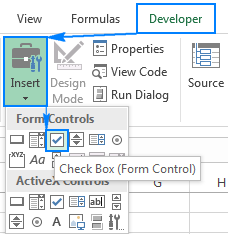
In the gallery, click a slide layout thumbnail to add a slide based on that slide layout.On the Home tab, in the Slides group, click the New Slide arrow to display the New Slide gallery and menu.Select the slide after which you want to add the new slide.If you add content to a slide and then realize that the content would work better with a different layout, you can change the slide layout by clicking the Layout arrow in the Slides group, and then clicking the slide layout you want to apply. You can reset slide content to the slide layout defaults by clicking the Reset button in the Slides group on the Home tab.

This chapter guides you through procedures related to adding and removing slides, dividing presentations into sections, rearranging slides and sections, applying themes, and changing slide backgrounds. A logical presentation and an overall consistent look, punctuated by variations that add weight exactly where it is needed, can enhance the likelihood that your intended audience will receive the message you want to convey. Sections are not visible to the audience, but they make it easier to work with slide content in logical segments.

When the presentation you’re developing has multiple slides, you can organize them into sections. You can create slides based on slide templates that are designed to hold specific types of content, or you can copy existing slides from other presentations. It’s up to you to add more slides for the content that you want the presentation to include. When you create a presentation from a design template, the only slide that is immediately available is the title slide.

For practice file download instructions, see the introduction. For this chapter, use the practice files from the PowerPoint2016SBS\Ch03 folder.


 0 kommentar(er)
0 kommentar(er)
